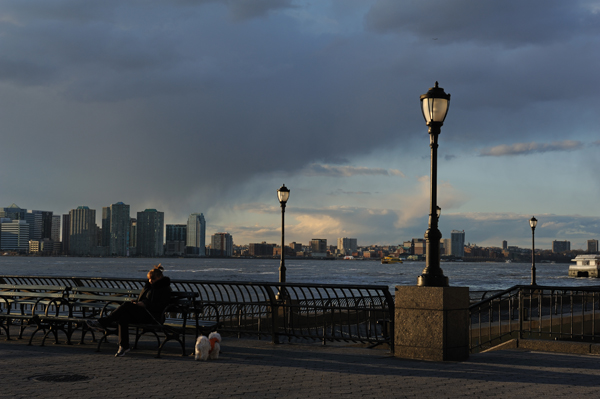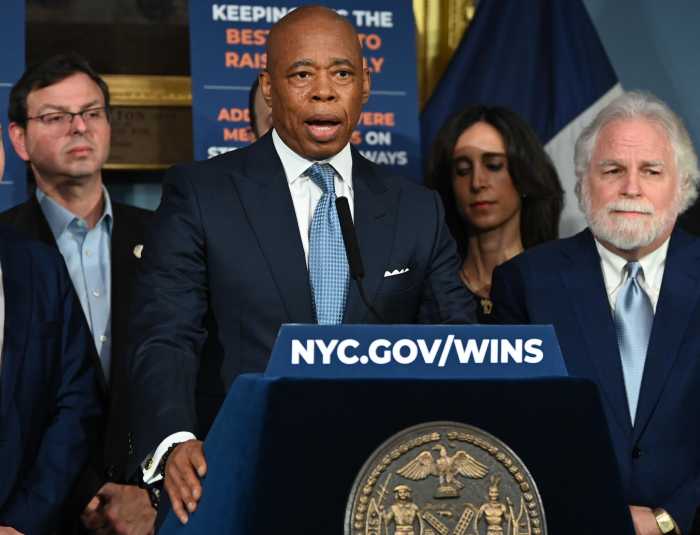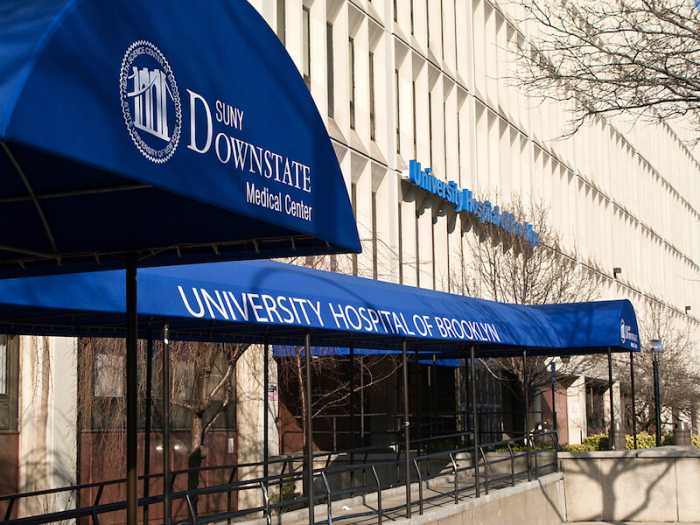
BY TERESE LOEB KREUZER | “I’ve evacuated [from Battery Park City] the last two falls,” Martha Gallo said at the July 30 meeting of the Battery Park City Authority board of directors. Gallo, who is the only board member who lives in Battery Park City, went on to ask, “Are there things we’re going to be doing differently that we should be talking about?”
Though Battery Park City was not hit nearly as hard by Superstorm Sandy as were other parts of Lower Manhattan, there was more damage than immediately met the eye. The community center on North End Avenue, the ball fields and Pier A were knocked out and set back for months. Near North Cove, the electrical system that energizes the New York City Police Memorial, the Kowsky Plaza dog run and Pumpkin Park has not yet been repaired. Repairs to the seawall and electrical system at South Cove are still under way.
At the July 30 board meeting, Gwen Dawson, senior vice president of asset management for the Battery Park City Authority, said that it has spent almost $12. 4 million to date for storm-related repairs. She said that the majority of storm remediation money had already been expended.
“We will now have better protection at Pier A and at the community center and at the ball fields,” she said. “It won’t prevent damage should another Sandy occur, but it will lessen the damage.”
Pier A is just outside Battery Park City but is under the authority’s jurisdiction.
Dawson also said that the B.P.C.A. will be doing a full assessment of Battery Park City’s infrastructure over the next year or so. The authority will look at hardening some assets to protect them from flooding, and will consider what materials to use and where barriers might be erected. The B.P.C.A. will “look at construction modalities to have in mind as we go forward — mitigating against future storm damage,” she told the board.
She said the authority will build on some of the analysis that has already been done by the city and state, and by the Port Authority.
Gallo observed that, “The actions that they take may have unintended consequences. It might shoot the water toward us rather than away from us.”
During Superstorm Sandy, some water that might have flooded Battery Park City was diverted into the Hugh L. Carey Brooklyn Battery Tunnel, which was the path of least resistance.
Dawson said that it’s “critical for us to collaborate with each other as we go forward.”
Gallo wondered whether the managing agents of neighborhood buildings were taking steps to protect their buildings.
“Everybody’s being creative,” said Dawson. “The key is that they all talk to each other so that we make sure that we’re not doing something that’s going to impact someone else.”




































